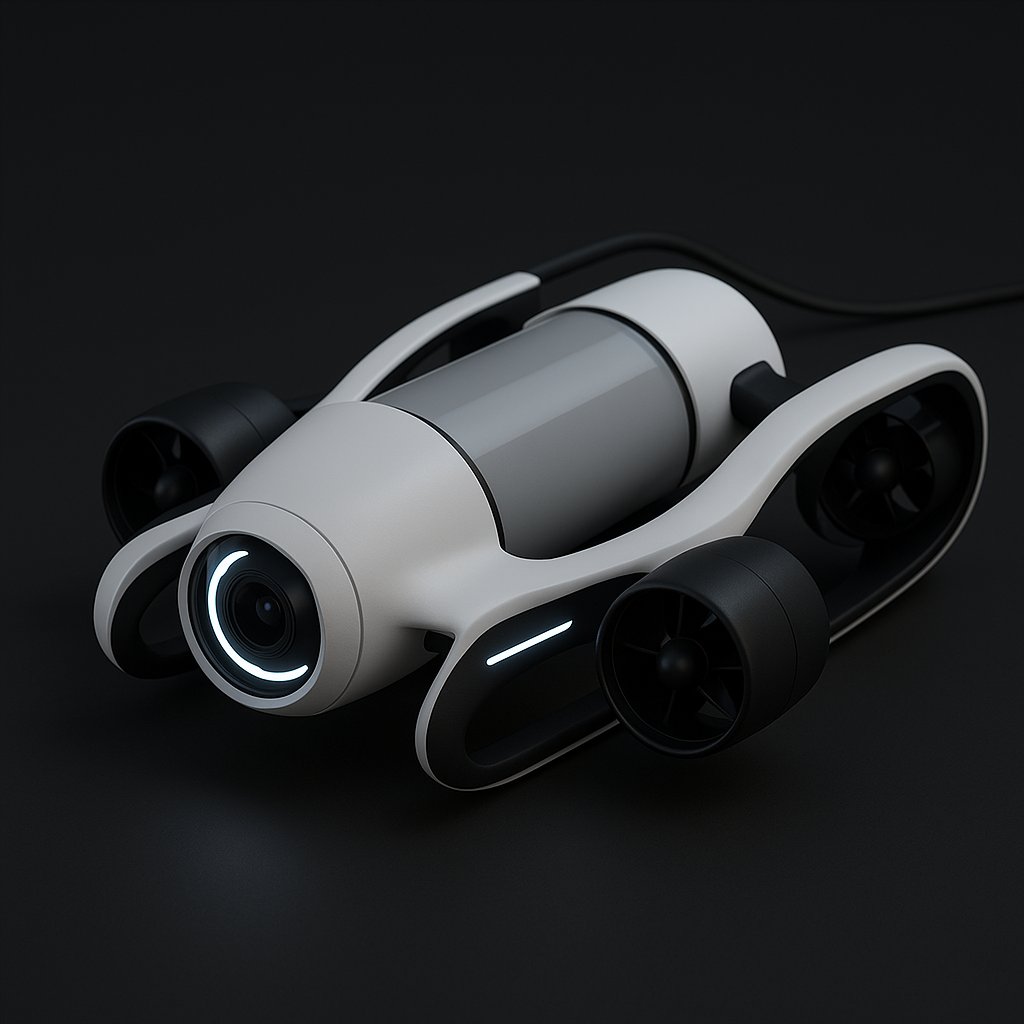Why I'm Building a Low Cost ROV
Is it possible to build a low cost ROV?
After looking at the cost of an ROV that question has been rattling around in my head for a while now. And after lots of research and thinking, I’ve decided: yes, it is. I want to build one. Not just because I can but because I’m truly excited about it.
Robotics has never really thrilled me in the general sense. Humanoid robots? Robotic arms? Line-following robot? UAV? Drone? Honestly, I could care less. Those projects never sparked anything in me.
But an ROV? That’s different.
Why an ROV?
I’ve lived next to water my entire life, and I absolutely love it. I can’t imagine living somewhere that isn’t near the ocean. That connection is part of it. I want to explore the ocean. I want to see what’s under the surface. I want to discover it. The best way to do that, at least in my world, is by building a personal underwater drone. The ROV.
This idea excites me and my brain lights up when thinking about it.
So … can it be done?
Can you build a quality ROV for under $500?
It’s going to be tough, but I think it’s possible. That price point is a challenge, especially if you care about aesthetics and performance (and I do). I want this thing to look good. I’m going for something clean and modern, inspired by Tesla. A sleek, minimalist design. Not just something that works, but something I’d be proud to show off.
The bigger challenge right now is that I’m starting from scratch.
I don’t have a workspace set up. I don’t have a 3D printer. I don’t have materials. No motors, no electronics, no soldering tools. So before I build the ROV, I’ll need to build the workspace. That’s an investment in itself both financially and time-wise. I’ll need tools, supplies, and probably a good soldering iron. I’ll need to design the parts, print them, code the software, and wire it all together.
For now, instead of jumping straight into building, I’m going to start with a design. A concept. A render of what this ROV could look like. That will guide the build and also give me something to aim for.
What’s next?
I’ll be documenting the process in a series of blog posts as I go. From workspace setup to design and prototyping, and eventually to full-on testing in the ocean.
If you're into robotics, ocean exploration, or just curious about building cool stuff, stick around. This is going to be fun.
